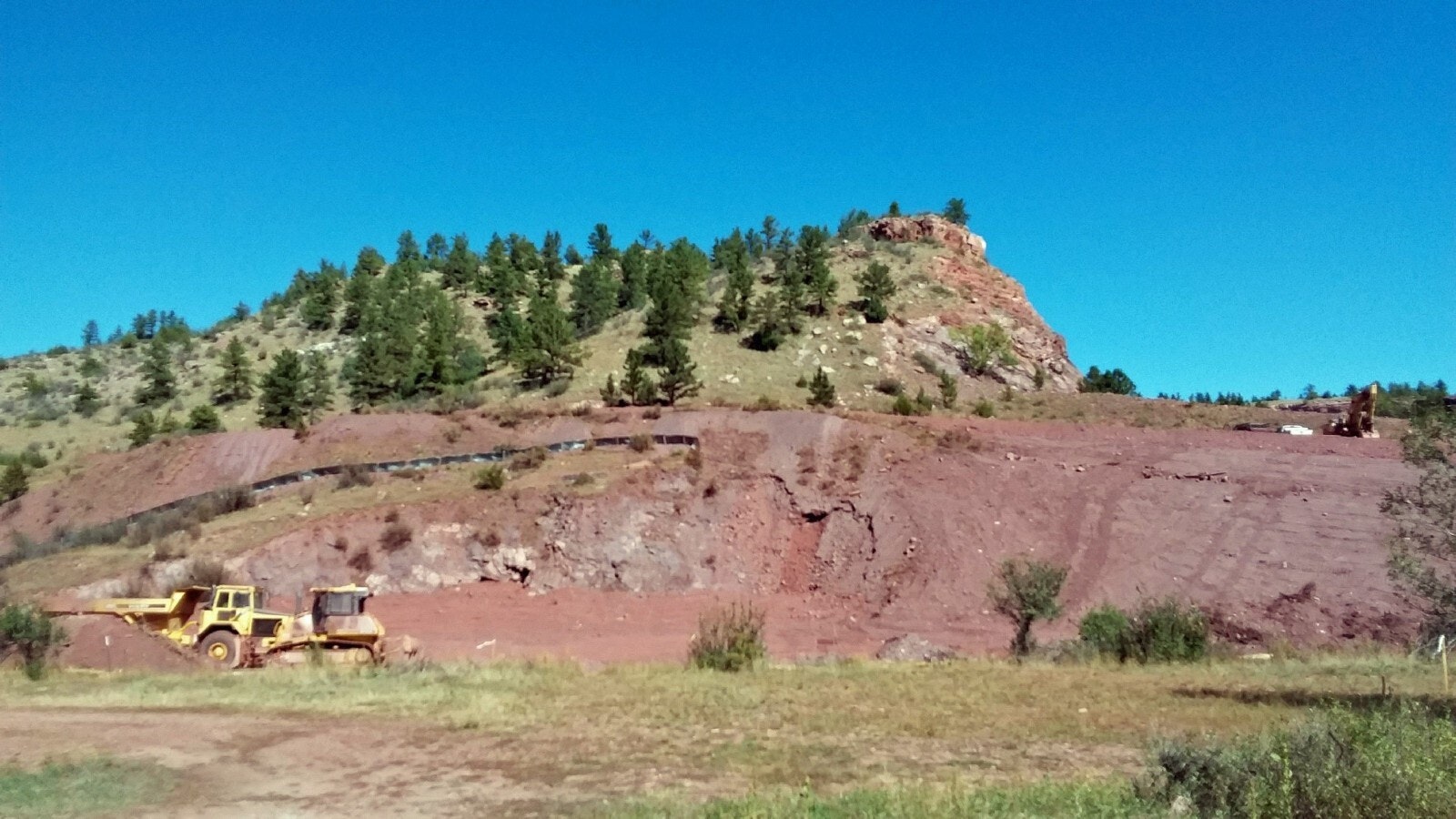Wyoming is home to the oldest-known prehistoric mine in at least two continents and a state agency is working to help preserve it.
In a release from the Wyoming Department of Environmental Quality, the department announced its plans to preserve the Powars II Paleoindian Archaeological Site in Sunrise, believed to be the oldest known mining operation in both North and South America.
DEQ partnered with a number of individuals to preserve the 13,000-year-old ochre mine so archaeologist can study the site for years to come.
Ochre is a powdery mineral that some Native American tribes use as a pigment for a variety of ritualistic purposes. It comes in a variety of natural colors, but the ochre in Sunrise is red.
Former Sunrise resident Wayne Powars first discovered the site in 1939 or 1940, but didn’t report his findings until 1986, right before the mine was scheduled to razed. DEQ wasn’t aware of the mine until Powars revealed it.
“This can’t be the only one around, but it’s just so unusual. And it’s a site that I think is telling us a lot about what was going on (back then) and some of the first people that came to Wyoming,” archaeologist George Frison said.
Clovis points, also known as arrowheads, have been found at the Powars site, something Frison said will help determine who were the first people to come to Wyoming.
Archaeologist George Zeimans said the Powars site is unique not only because it’s believed to be the oldest mining operation on two continents but because of the number of artifacts being found at the site.
“(At) a lot of these Clovis sites, you’re lucky to find two or three artifacts, and you learn what you can from them. But this is an extremely rich site,” Zeimans said. “We’ve got over 80 Clovis points out of this site.”
The site includes not only the mine but also a toolstone quarry, which likely means the people were creating tools at the mine, using them and bringing them back.
The research on the site is currently funded by a private group of collectors and archaeology enthusiasts.





